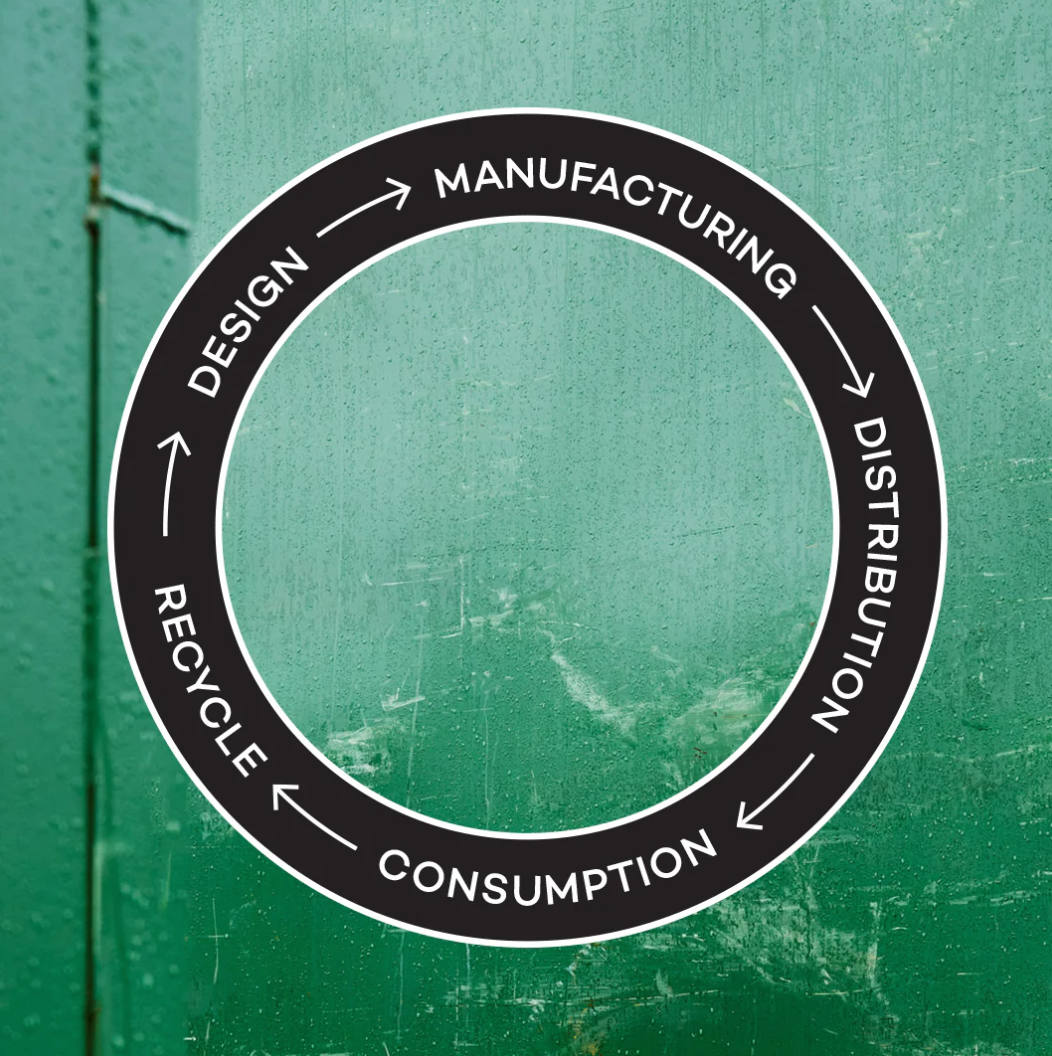Beyond Greenwashing: The Full Carbon Life Cycle of a Wehlers Chair

In an industry riddled with "greenwashing," transparency isn't just a buzzword—it's the only currency of trust. Too often, brands stop their sustainability story after mentioning "recycled content." But the true impact of any product lies in its entire journey, from raw material sourcing to its final reuse.
At Wehlers, we believe you deserve the full picture. That’s why we’ve translated our certified Life Cycle Assessment (LCA) data into an interactive visualization for our signature circular chair. This report details every gram of material, every joule of energy, and the resulting embodied carbon footprint, step-by-step.
Stage 1: The "Take" – Sourcing and Traceability
The life cycle begins not in a factory, but on the ocean floor and in discarded waste streams. This is where our material choices have their first, and most significant, impact.
The Material: Certified Ocean Plastic
Our chair components are derived from high-quality, high-density recycled ocean plastic. The key to transparency here is traceability.
-
Footprint Factor: While recycling saves vast amounts of energy compared to using virgin polymers, the collection and processing of plastic from remote marine environments still require fuel and effort. Our LCA precisely measures this logistical energy cost.
-
The Data: We publish the verified percentage of post-consumer recycled content in each component (typically exceeding ) and detail the region of collection, offering a clear chain of custody.
The Interactive Insight
Clicking on the "Raw Materials" stage in our visualization breaks down the carbon cost per kilogram of incoming resource, clearly separating the costs of material acquisition versus initial processing.
Stage 2: The "Make" – Production and Assembly
Manufacturing is often a black box. Our goal is to illuminate the specific choices that minimize the carbon expenditure during the chair's creation.
Localized, Efficient Production
We prioritize local European production to minimize transport emissions between component suppliers and the final assembly point.
-
Energy Use: We audit the energy mix used by our partners. While we aim for renewable energy, our LCA accounts for the actual mix, including any grid-supplied power, and converts it into equivalent emissions.
-
Design for Deconstruction: The chair is designed to use mechanical fasteners (bolts and screws) instead of glues or resins. This critical design choice slightly increases the assembly time (and thus the energy spent) but dramatically lowers the energy needed for recycling at end-of-life. We account for this trade-off in the calculation.
The Data Snapshot
|
Process Step |
Embodied Equivalent |
Primary Factor |
|---|---|---|
|
Injection Molding |
85% off to virgin materials |
Energy Source/Efficiency |
|
Component Transport |
Locally made |
Distance & Shipment Weight |
|
Final Assembly |
Only screws are used |
Manual Labor & Tool Energy |
Stage 3: The "Use" – Durability and Maintenance
The longest phase of any product’s life is its functional use. A product that lasts 20 years instead of 5 years divides its initial embodied carbon over four times the duration, making its true long-term environmental cost much lower.
Engineering for Longevity
Our chairs are designed to meet rigorous B2B and commercial standards, not just residential ones.
-
Replaceable Parts: Should a part wear out—a glider, for example—we offer individual, low-cost replacement components. The ability to repair rather than replace the entire unit is the most efficient form of carbon mitigation.
-
Warranty: Our 10-year warranty is a testament to the fact that we engineered this chair to last for decades, ensuring its initial carbon investment pays off over time.
Stage 4: The "Return" – Closing the Loop
The full cycle is complete only when the material remains a resource, not waste.
The Wehlers Buy-Back Guarantee
When the chair finally reaches the end of its useful life, we guarantee its return. This is not simple recycling; it is material take-back.
-
Deconstruction: The mechanical fasteners allow for simple and efficient manual or automated deconstruction into pure material streams.
-
Re-granulation: The ocean plastic components are returned to the supplier, re-granulated, and prepared for their next life as a new product—potentially another Wehlers chair.
-
The Footprint Benefit: Because we receive and re-granulate the material, we are able to subtract the calculated environmental cost of raw material acquisition for the next product. The circular design ultimately offsets its own initial environmental burden.
Explore the Data
We invite you to engage with the full, dynamic Life Cycle Assessment visualization on our product page. You can see precisely how optimizing component transport or shifting to a new energy provider immediately impacts the total calculated footprint.
This is what radical transparency looks like. It's the only way we can hold ourselves, and the industry, accountable.





Leave a comment